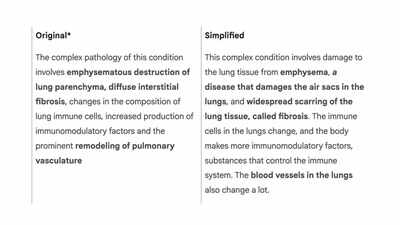- News
- Google’s new AI ‘Simplify’ tool for iOS makes complex text easy to read: Here’s how the feature works
Google’s new AI ‘Simplify’ tool for iOS makes complex text easy to read: Here’s how the feature works
Google has introduced a 'Simplify' feature for its iOS app, leveraging artificial intelligence to enhance text comprehension. This new tool aims to make complex web content more accessible by reformatting it into a simpler, user-friendly version. By tapping the 'Simplify' icon, users can quickly grasp key concepts without leaving the webpage, making it ideal for dealing with information overload.
Google has rolled out a new ‘Simplify’ feature for its iOS app users. The company claims that the feature users artificial intelligence to help users better understand a difficult or complex text. The new Simplify feature aims to make the reading mode on mobile devices more accessible. The feature is designed to male the web-pages more concise and easier to understand. “When you're trying to learn about something new on the web, you might come across content that uses jargon or technical concepts you're not familiar with. Simplify, a new feature in the Google app on iOS, uses AI to make dense text on the web easier to understand — without leaving a web page,” said Google.
How to use the Simplify feature in the Google app on iOS
Google explains how the feature works

About the Author
TOI Tech DeskEnd of Article
Follow Us On Social Media










